On June 18th, OceanGate’s Titan submersible experienced a devastating implosion due to extreme water pressure in the deep North Atlantic, resulting in the instant deaths of its pilot and four passengers, the Coast Guard has concluded. And since then, experts have debated whether it had to happen. A few experts are sure it did not, as seen in revealing new emails and conversations uncovered by the New Yorker. “I don’t want to be seen as a Tattle tale but I’m so worried he kills himself and others in the quest to boost his ego,” a pilot who had left OceanGate, David Lochridge, wrote about OceanGate CEO Stockton Rush, according to the New Yorker. (Rush perished in the implosion.) Read on to see what the pros knew before the tragedy, and the major concerns they voiced.
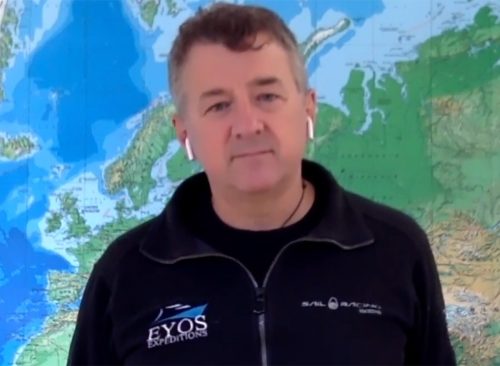
As for the tragic implosion: “The report that I got immediately after the event—long before they were overdue—was that the sub was approaching thirty-five hundred meters. It dropped weights, then it lost comms, and lost tracking, and an implosion was heard,” Rob McCallum, EYOS Expeditions Founding Partner, and an Expedition Leader and consultant with Titanic experience, said, according to the New Yorker. This happened because OceanGate cut corners, McCallum claims. “You can’t cut corners in the deep,” McCallum had told Rush, according to the publication. Rush wanted to be a disruptor, like Elon Musk. “It’s not about being a disruptor. It’s about the laws of physics.”
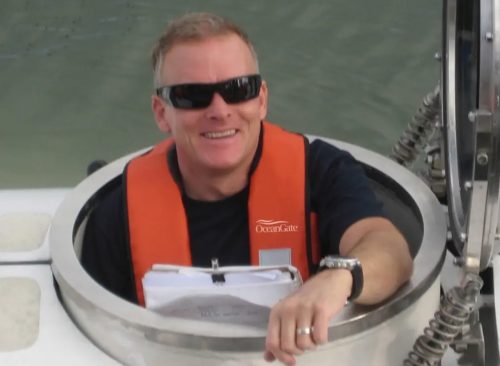
One exchange between Lochridge and McCallum about OceanGate’s submersibles went like this, according to the New Yorker:
- Lochridge: “I think you are going to [be] even more taken aback when I tell you what’s happening… That sub is Not safe to dive.”
- McCallum: “Do you think the sub could be made safe to dive, or is it a complete lemon? You will get a lot of support from people in the industry… everyone is watching and waiting and quietly [very concerned].”
- Lochridge: “It’s a lemon.”
- McCallum: “Oh dear. Oh dear, oh dear.”

A lot has been made of the fact that the submersible seemed to be controlled by a Sony PlayStation controller. “Everyone was drinking Kool-Aid and saying how cool they were with a Sony PlayStation. And I said at the time, ‘Does Sony know that it’s been used for this application? Because, you know, this is not what it was designed for.’ And now you have the hand controller talking to a Wi-Fi unit, which is talking to a black box, which is talking to the sub’s thrusters. There were multiple points of failure,” said Rob McCallum, according to the New Yorker.
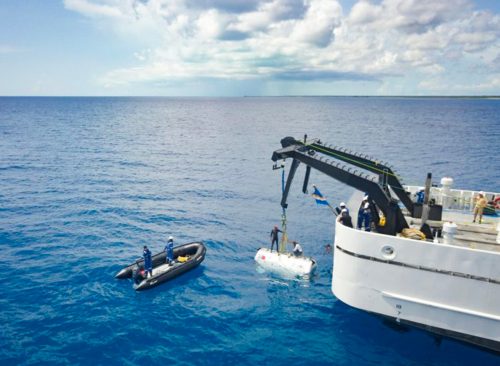
McCallum was part of the Five Deeps Expedition, whose goal was to be the first to reach the deepest point in each of the Earth’s five oceans, and was horrified to discover the OceanGate submersible would be unclassed. When a submersible is referred to as “unclassed,” it means that it has not undergone classification or certification by a recognized regulatory body or classification society. “The minute that I found out that he was not going to class the vehicle, that’s when I said, ‘I’m sorry, I just can’t be involved.’ I couldn’t tell him anything about the Five Deeps project at that time,” said McCallum, according to the New Yorker. “But I was able to say, ‘Look, I am involved with other projects that are building classed subs’—of course, I was talking about the Limiting Factor [the world’s deepest-diving operational submersible]—’and I can tell you that the class society has been nothing but supportive. They are actually part of our innovation process. We’re using the brainpower of their engineers to feed into our design.’” “Stockton didn’t like that,” McCallum continued. “He didn’t like to be told that he was on the fringe.”
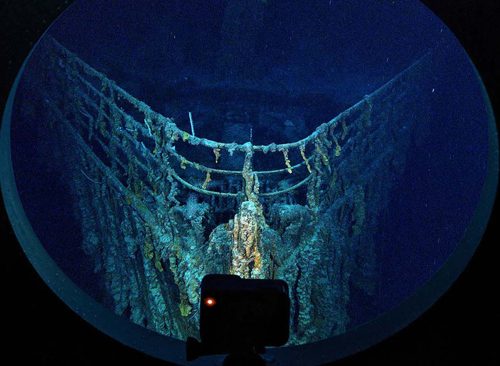
McCallum added: “people would ring me, and say, ‘We’ve always wanted to go to Titanic. What do you think?’ And I would tell them, ‘Never get in an unclassed sub. I wouldn’t do it, and you shouldn’t, either.’ ”
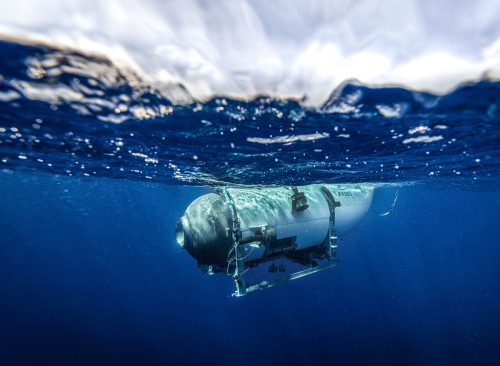
McCallum said, per the New Yorker: “You are wanting to use a prototype un-classed technology in a very hostile place. As much as I appreciate entrepreneurship and innovation, you are potentially putting an entire industry at risk.” He added: “There’s no way on earth you could have paid me to dive the thing,” The New Yorker reported.
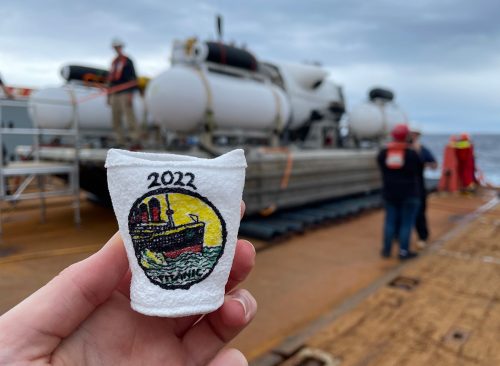
OceanGate is still offering tours. “Follow in Jacques Cousteau’s footsteps and become an underwater explorer — beginning with a dive to the wreck of the RMS Titanic. This is your chance to step outside of everyday life and discover something truly extraordinary,” says the OceanGate website. “Become one of the few to see the Titanic with your own eyes. Intrepid travelers will sail from the Atlantic coast of Canada for an 8-day expedition to dive on the iconic wreck that lies 380 miles offshore and 3,800 meters below the surface.”















